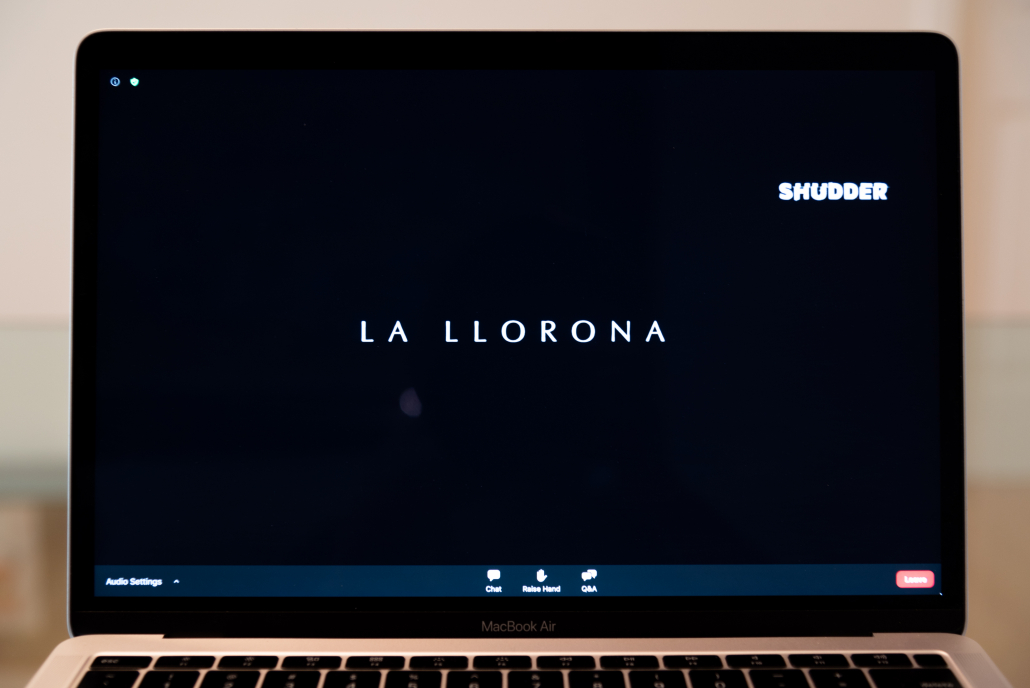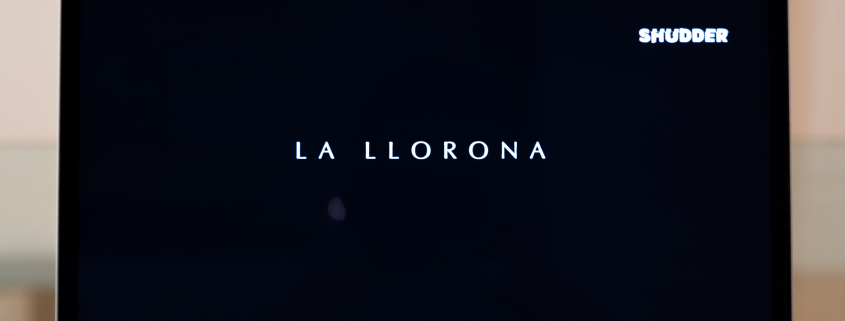‘La Llorona’ director discusses film themes, reimagining Latinx American legend

Guatemalan director Jayro Bustamante first amazed critics in 2015 with his debut film “Ixcanul” (Volcano), which was selected as the Guatemalan entry for the Best Foreign Language Film at the 88th Academy Awards. His portrayal of a young Indigenous woman — a subject hardly touched upon in cinema — marks his longtime commitment to representing marginalized groups in Guatemala.
Continuing this tradition is Bustamante’s third feature “La Llorona,” a horror drama that highlights the struggle of Indigenous peoples in Guatemala. On Wednesday, he and producer Gustavo Matheu led an online screening and live Q&A at the School of Cinematic Arts.
“La Llorona,” which premiered on Shudder Aug. 6, centers around Enrique Monteverde (Julio Diaz), a retired general responsible for the genocide of thousands of native lxil Mayan people during the early 1980s. As angry and grief-stricken protesters congregate outside of his home, Monteverde’s wife Carmen (Margarita Kenéfic), daughter Natalia (Sabrina De La Hoz) and granddaughter Sara (Ayla-Elea Hurtado) struggle between their familial devotion and their burgeoning realization of the crimes he’s committed. Their only other companion is their loyal housekeeper Valeriana (María Telón) until a mysterious Indigenous maid, Alma (María Mercedes Coroy), arrives.
“Guatemala is a very complicated country if you want to talk about human rights or social rights or independent rights,” Bustamante said. “We don’t have any more dictators, but we continue to have that dictatorial system because we never really cut that, and there are a lot of people defending that [system].”
Determined to impart the film’s messages to a wider audience, Bustamante and Matheu thus decided to make it a horror film because they knew the genre pulled the biggest box office grosses in Guatemala.
“As Latin Americans, we have something very natural with magical realism because it’s part of our culture, and La Llorona is also part of our culture,” Matheu said. “And then when they see the movie, they will find out there’s some message behind it; that it’s more deep and more dark and more horrifying than the horror [of the film] itself.”
Gorgeously shot and written, “La Llorona” stands out among other horror films because of its elegance. Many horror films, especially ones made in the United States, rely on cheap thrills like jump scares and gore rather than an emotionally impactful storyline. “La Llorona,” on the other hand, is a slow rumination on how a family attempts to deny the blatant atrocities their patriarch has committed as well as their complicity in the oppression that Indigenous peoples face.
What’s particularly impressive about the film is how Bustamante reimagines a figure deeply rooted in Latinx folklore by placing it within the context of the massacres of Indigenous tribes in Guatemala. Bustamante noted how the original folk tale is rather misogynistic.
“I never understood why La Llorona is so important … it’s a very misogynistic legend, because it’s always a woman crying because some man quit her, and because that man quit her, she’s able to kill her kids,” Bustamante said. “We decided to change that and take La Llorona and transform it.”
Inspired by the elegant portrayal of Dracula, Bustamante reframed La Llorona as a Mayan woman who underwent unimaginable horrors under Guatemala’s ethnic cleansing. With this unique spin on La Llorona, the movie thus stands in stark opposition to the U.S. film “The Curse of La Llorona,” which not only relied on cheap jump scares and the naiveté of its characters but also whitewashed the legend.
“La Llorona” was deeply personal for not only Bustamante and Matheu but for the extras, who played as the protesters, as well.
“They were all from different organizations; they are sons and granddaughters and grandsons who are looking for the missing people from the war in Guatemala and still fighting for the rights of the people who lost their families,” Matheu said.
Matheu said one of the most emotional scenes for the extras to shoot was one in which the protesters clamor around Enrique, demanding justice for their people. The extras felt that Diaz embodied the real dictator Efraín Ríos Montt, whom the character of Enrique was based on.
“They didn’t have the opportunity to tell the dictator a lot of things, but in that moment when they were playing the [characters] and they were screaming at him … there was something going on inside them that was very strong,” Matheu said. “People that didn’t have the opportunity to have [closure] were having at that moment.”
What’s powerful about this film is how the audience comes to realize that the real horror of this film is not the titular “La Llorona” but rather the centuries of oppression and pain the Indigenous tribes have endured in Guatemala. The past never remains in the past but instead lingers constantly, Bustamante argues, until we find the courage to fully confront our bloody histories.


